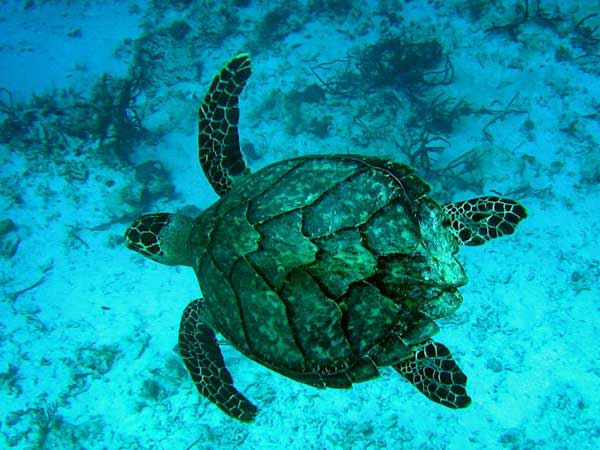Tag Archives: turtle shell
How did the turtle get its shell?
“No matter how exquisite it may seem, as if it were some sort of magic, evolution is at most a good trick… and there is a way to make it work. In case of turtle evolution, a major part of the trick was found to be embryonic folding.”
Dr Shigeru Kuratani
Riken Center for Developmental Biology
Ever wondered how the turtle got its shell? So has a Japanese team of scientist and they decided to investigate the subject by comparing turtle embryos with those of chicks and mice.
In turtles, it is the ribs that grow outward and fuse together to form the shell, formally known as the carapace. Having your ribs folded around your body is such a great leap from being a soft bodied animal that scientists have long puzzled over how this change happened in the course of evolution. Just like mammals and birds, turtles hail from a soft-bodied ancestor without any external carapace.
Through their embryological studies, the Japanese team of researchers from the Riken Center for Developmental Biology in Kobe, Japan, was able to identify the key event in the development of a turtle embryo that changes its fundamental “body plan”; the moment when the upper part of its body wall folds in on itself, forcing the ribs outward. This folding process results in a thickening of the deep layer of the turtle’s skin that maps out the position of the shell. As the turtle embryo grows bigger, the folding prevents the ribs from growing inwards.
“In the early embryo, the muscles and skeleton are in similar positions to those of the chicken and mouse”, Dr Kuratani explains.
Last year, a 220-million-year-old fossil was found in China, consisting of a fossilized turtle with an incomplete shell covering the underside of it body.
“The developmental stage of the modern turtle, when the ribs have not encapsulated the shoulder blade yet, resembles the (body) of this fossil species,” says Dr Kuratani.
The team has not yet been able to determine what causes the folding to happen in the first place
“That belongs to a future project,” says Dr Kuratani.
